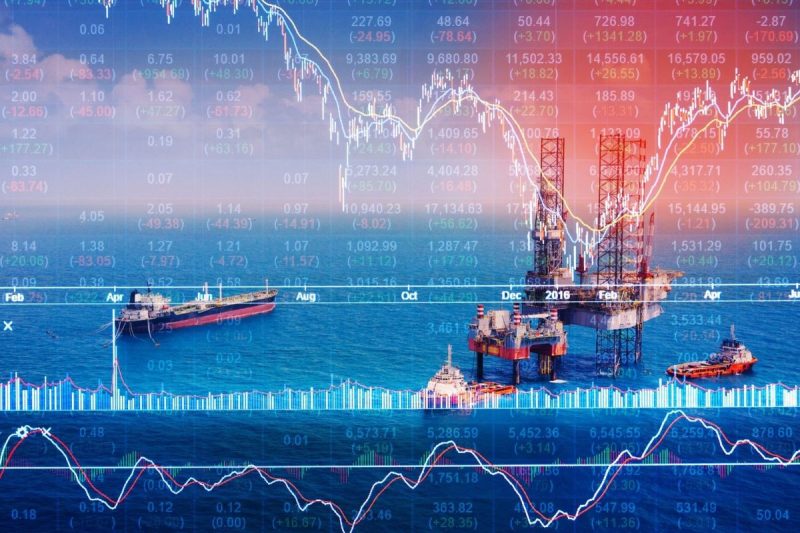Price Fluctuations and Market Dynamics
As we leap into the second quarter of 2024, the oil and gas sector has continued its roller coaster ride with various factors playing a simultaneous role in its market dynamics. Certain global events, technological advancements, geopolitical changes, as well as economic shifts, set the stage for these unprecedented trends in prices.
Undoubtedly, the first notable event of Q2 2024 was the sudden upsurge in oil and gas prices. A combination of reduced production from OPEC nations and political unrest in major oil-producing countries like Libya caused price spikes. The reduced production levels coupled with increased global demand drove these essential commodities’ price up, putting pressures on nations heavily dependent on oil and gas imports.
The deadlock in Libya’s political scene brought about significant fluctuations in gas and oil prices due to its influence in the global oil and gas market. Libya’s anticipated return to full production did not materialize owing to political tensions, disrupting the country’s oil and gas production levels, thereby leading to constrictions of global oil supply and consequent hiking of prices.
Market analysts also attribute this surge to strengthened global industrial activities, as nations bounce back from the devastating impact of the COVID-19 pandemic. Emerging markets in Asia and Africa are seeing substantial industrial development, leading to increased demands for oil and gas. As a result, prices rose both due to depleting reserves and the supply-demand imbalance.
Technological Advancements Playing a Role
The shale revolution also played an integral role in the Q2 2024 oil and gas price landscape. The USA, with its massive reserves of unconventional oil and gas, has pushed its production higher than ever, thanks to the advanced extraction techniques. Successful exploration of shale reserves has built a backup supply to buffer any global supply disruptions, stabilizing prices to some extent. However, as these techniques are relatively high-cost, their usage has slightly driven up the overall price level in the market.
Crypto and the Price Index
For the first time in history, the global oil and gas industry has made a remarkable shift by tying a component of the oil and gas prices to the performance of cryptocurrencies – specifically, Bitcoin and Ethereum. For every rise and fall in the value of these cryptocurrencies, analogous rises and falls were observed in the prices of oil and gas. This revolutionary idea helped to reduce the effects of inflation on oil and gas prices and improved price transparency in the international oil and gas market.
Looking at LNG
The liquefied natural gas (LNG) market has seen substantial growth this quarter. With the rebound of economies around the world from the COVID pandemic, the demand for cleaner energy sources has escalated, reflecting in LNG’s increasing demand and price. Additionally, the exceptionally cold winter in Europe and Asia leading up to the second quarter increased the demand for LNG significantly, exacerbating the price hikes.
In conclusion, the second quarter of 2024 saw significant ebb and flow in oil and gas prices. From geopolitical unrest to newly established market mechanisms and shifts toward cleaner energy sources, these pivotal months have been a testament to the resilience and adaptability of the energy market in the face of unprecedented challenges and changes.




